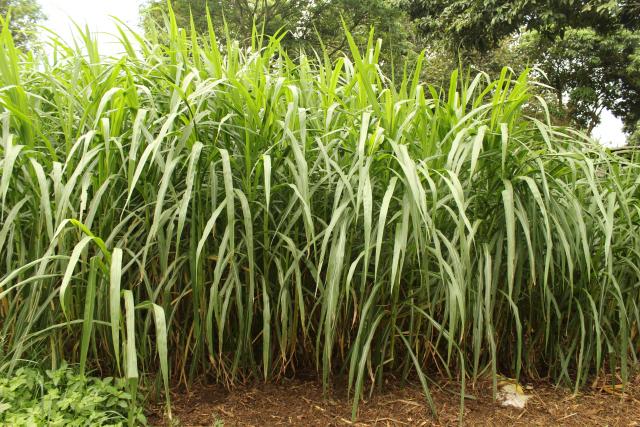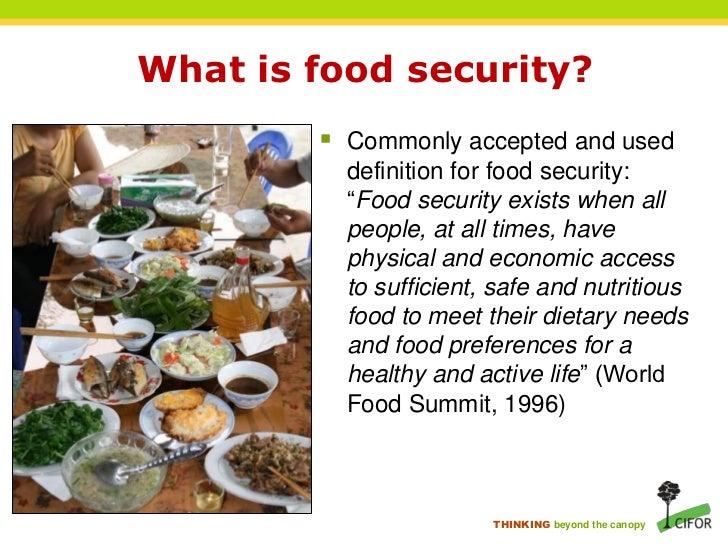Rizal Philippines
March 25. 2016

It says the crude protein content of the miracle grass is 16 to 18%
which is rather high for fattening and milk production
After analyzing the incredible increase in the number of heads in the herd of my uncle, I concluded that any one who loves animals and who has vision can start and achieve what he did. Capital and operating expenses are of no concern. He can borrow a breeder under the BAI EBCLOP, or take care of the cattle of somebody else, get his share, and start on his own. As for the feeding, he can do a free ranging grazing or govt or public land, find the miracle grass and use this for fattening.
Info for tropical forages
The miracle grass can grow on fertile land. One of the best variety is the one that comes from Thailand. It can be grown from seeds but cuttings with 2 or 3 nodes grow best. Free grazing is not recommended. The grass can be cut, when fresh and young to be eaten by cattle in shed, when between 2 to 3 feet in height. The grass can grow in 60 days to same height for another cycle of cutting.. Weight gains can be as much as 1 kg per day, and for milk 11 kg per day. CP (crude protein content, depending on fertilization of the soil ranges from 9.5 to 17.9%. It has DM equivalent to that of corn.
Copy paste from tropical forages
Feeding value | |
Nutritive value | |
Palatability/acceptability | |
Extremely palatable to all classes of stock when provided young and leafy.
| |
Toxicity | |
Can cause nitrate poisoning in cattle if sole component of diet. Oxalate levels of 2.5-3.1% of DM, but no problems recorded.
| |
Production potential | |
Dry matter | |
Yields depend on fertility, moisture, temperature and management. DM yields of 10-30 t/ha/yr common, (and up to 85 t/ha/yr) if well fertilised; 2-10 t/ha/yr if unfertilised. More frequent cuts (up to 45 days) give less dry matter, but better leaf production than infrequent cuts.
| |
Animal production | |
As with dry matter, animal production from P. purpureum depends on growing conditions for the grass. Liveweight gains of 1 kg/hd/day during the growing season and 480 kg/ha/yr, and milk yields of >11 kg/day (4% fat) are achievable. Capable of carrying 2-7 beasts/ha in a grazed system.
 |

No comments:
Post a Comment